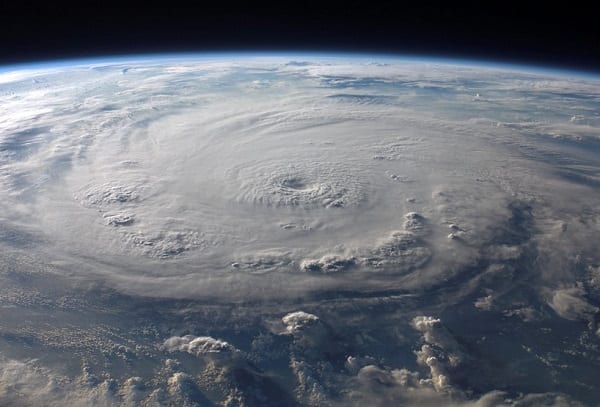BALTIMORE, MD—NOAA’s National Weather Service is forecasting above-normal hurricane activity for the 2025 Atlantic hurricane season, which runs from June 1 to November 30. The agency predicts a 30% chance of a near-normal season, a 60% chance of an above-normal season, and a 10% chance of a below-normal season.
This forecast calls for a range of 13 to 19 named storms, with 6 to 10 becoming hurricanes. Of those, 3 to 5 are predicted to reach major hurricane status. NOAA is 70% confident in these ranges.
Several factors are contributing to the above-normal forecast, including continued ENSO-neutral conditions, warmer than average ocean temperatures, weak wind shear, and the potential for increased activity from the West African Monsoon. These conditions are all favorable for tropical storm formation.
The Atlantic Basin remains active with high ocean heat content and reduced trade winds. Higher heat content fuels storm development, while weaker winds enable undisturbed storm development.
“NOAA and the National Weather Service are using the most advanced weather models and cutting-edge hurricane tracking systems to provide Americans with real-time storm forecasts and warnings,” said Commerce Secretary Howard Lutnick.
“As we witnessed last year with significant inland flooding from hurricanes Helene and Debby, the impacts of hurricanes can reach far beyond coastal communities,” said Acting NOAA Administrator Laura Grimm. NOAA’s improved forecasting tools and early warnings are crucial for saving lives and property.
The 2025 hurricane season also sees the potential for a northward shift of the West African monsoon, which could generate tropical waves that lead to some of the strongest and longest-lasting Atlantic storms.
NOAA says it is committed to improving its hurricane forecast communications, decision support, and storm recovery efforts. This season will see several upgrades, including an enhanced Hurricane Analysis and Forecast System, which is expected to improve tracking and intensity forecasts by 5%.
The National Hurricane Center and Central Pacific Hurricane Center will now be able to issue tropical cyclone advisory products up to 72 hours before storm surge or tropical-storm-force winds reach land. NOAA’s Climate Prediction Center’s Global Tropical Hazards Outlook has also been extended from two weeks to three weeks to provide more time for preparation and response.
“This outlook is a call to action: be prepared. Take proactive steps now to make a plan and gather supplies to ensure you’re ready before a storm threatens.” said NOAA’s National Weather Service Director Ken Graham.

This article was written with the assistance of AI and reviewed by a human editor.


